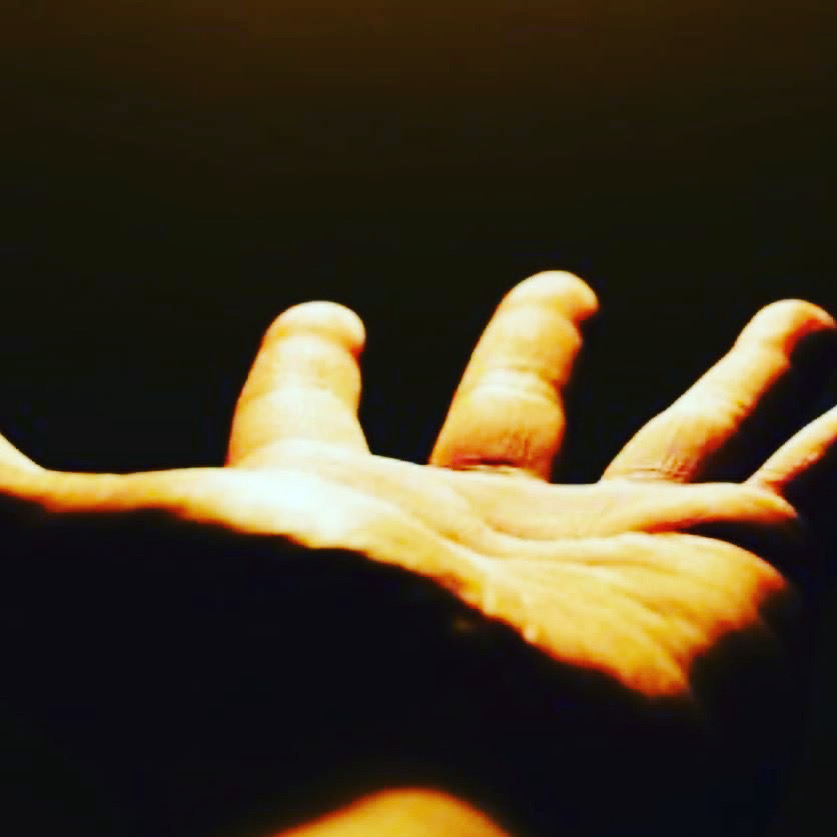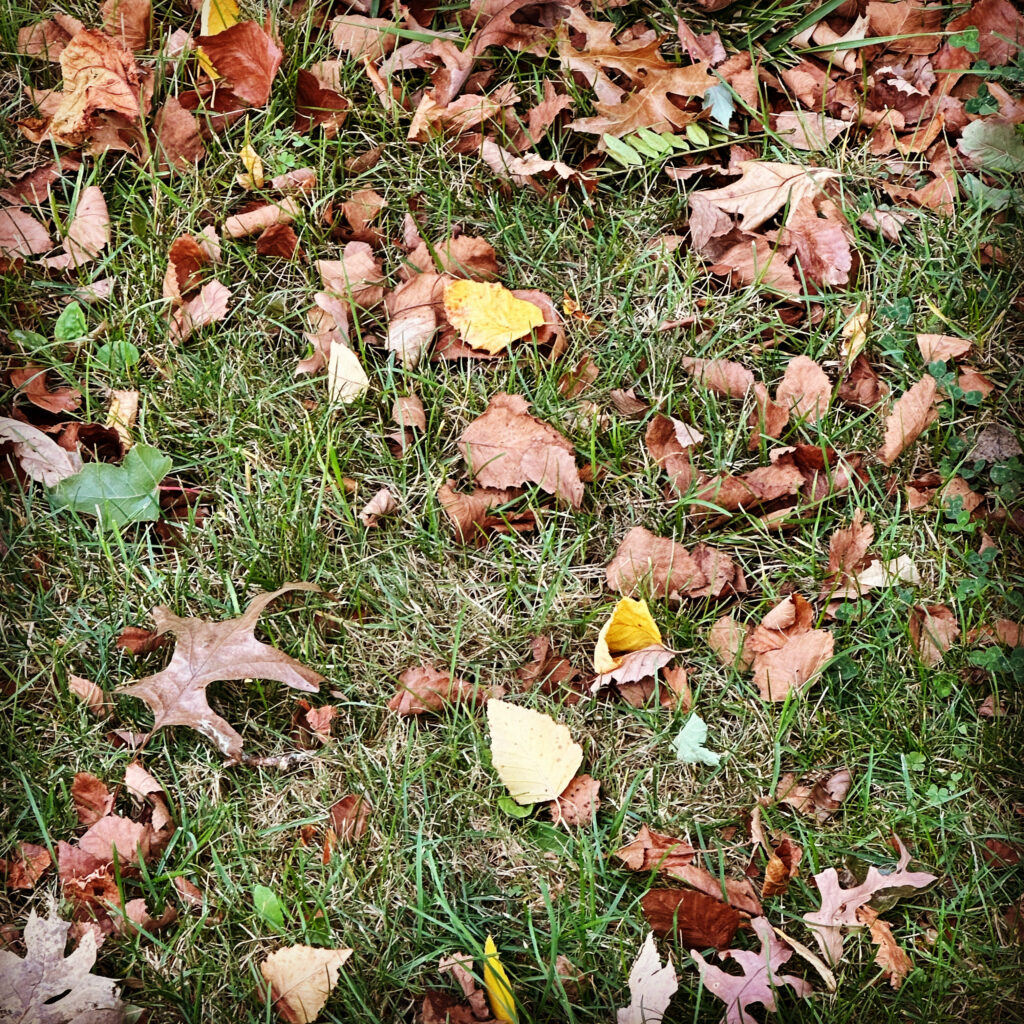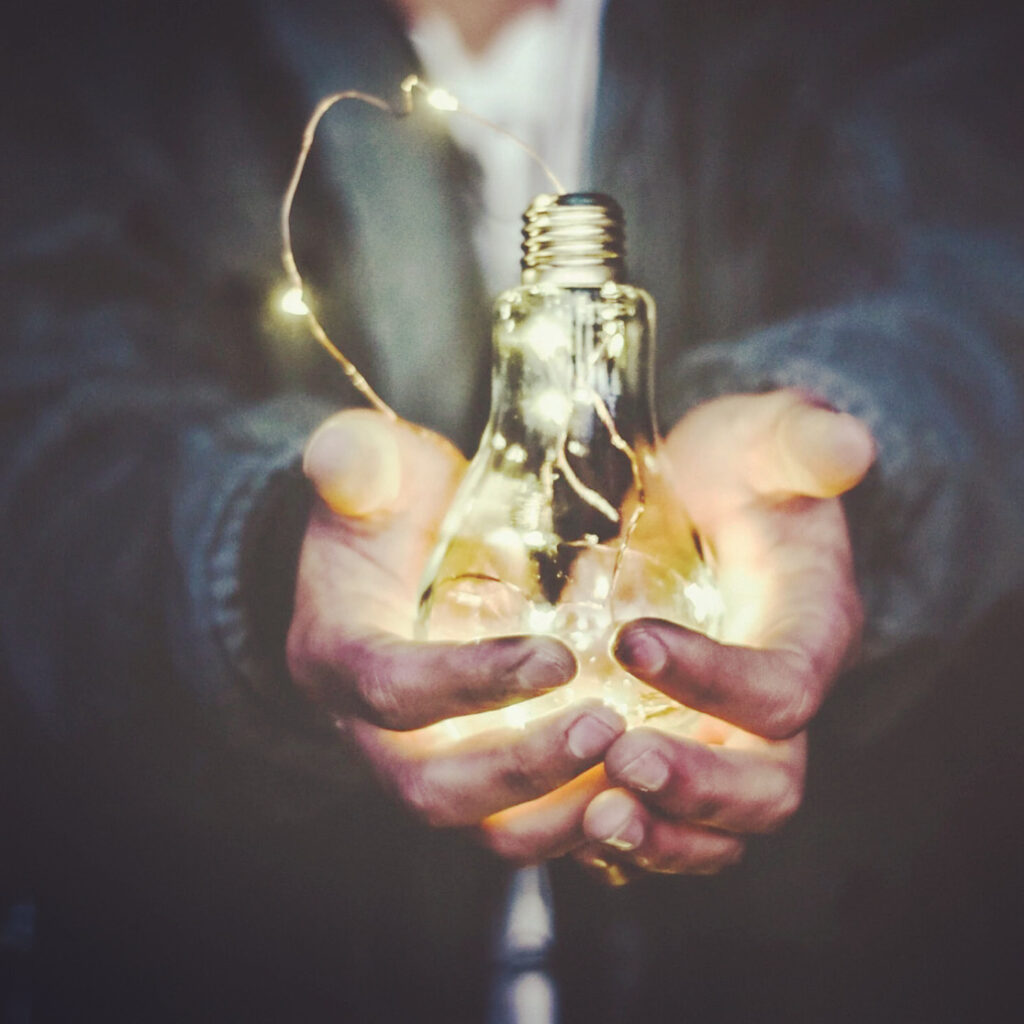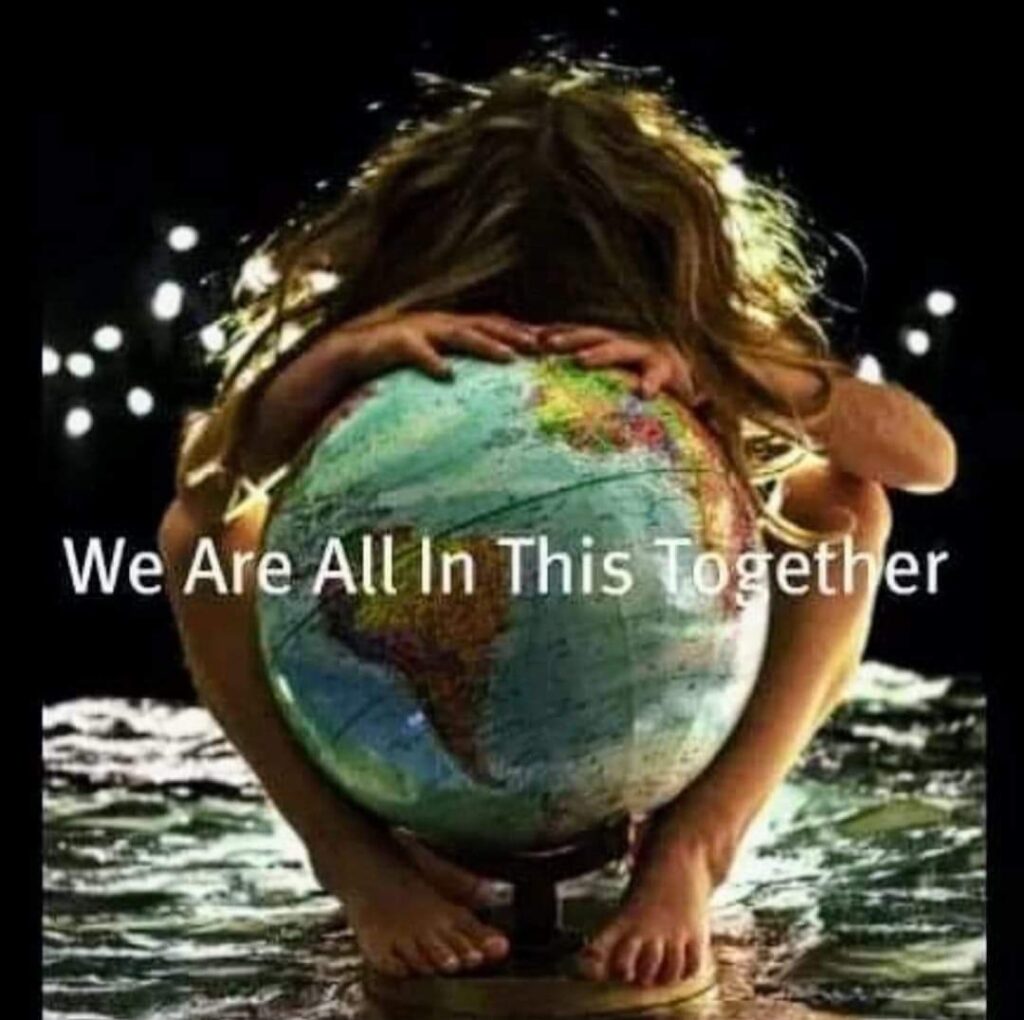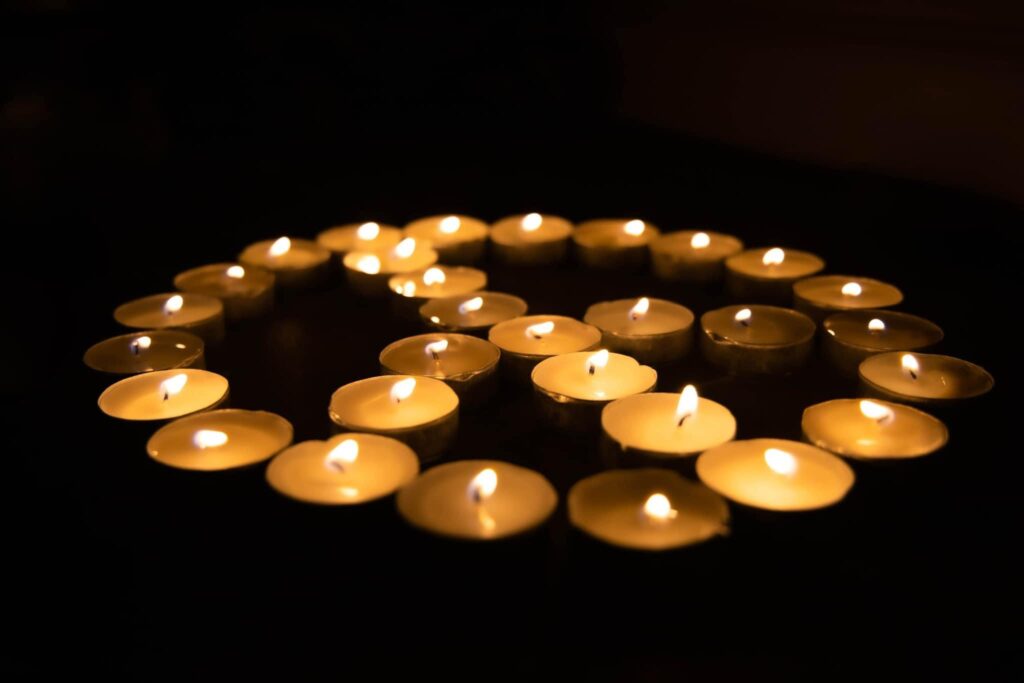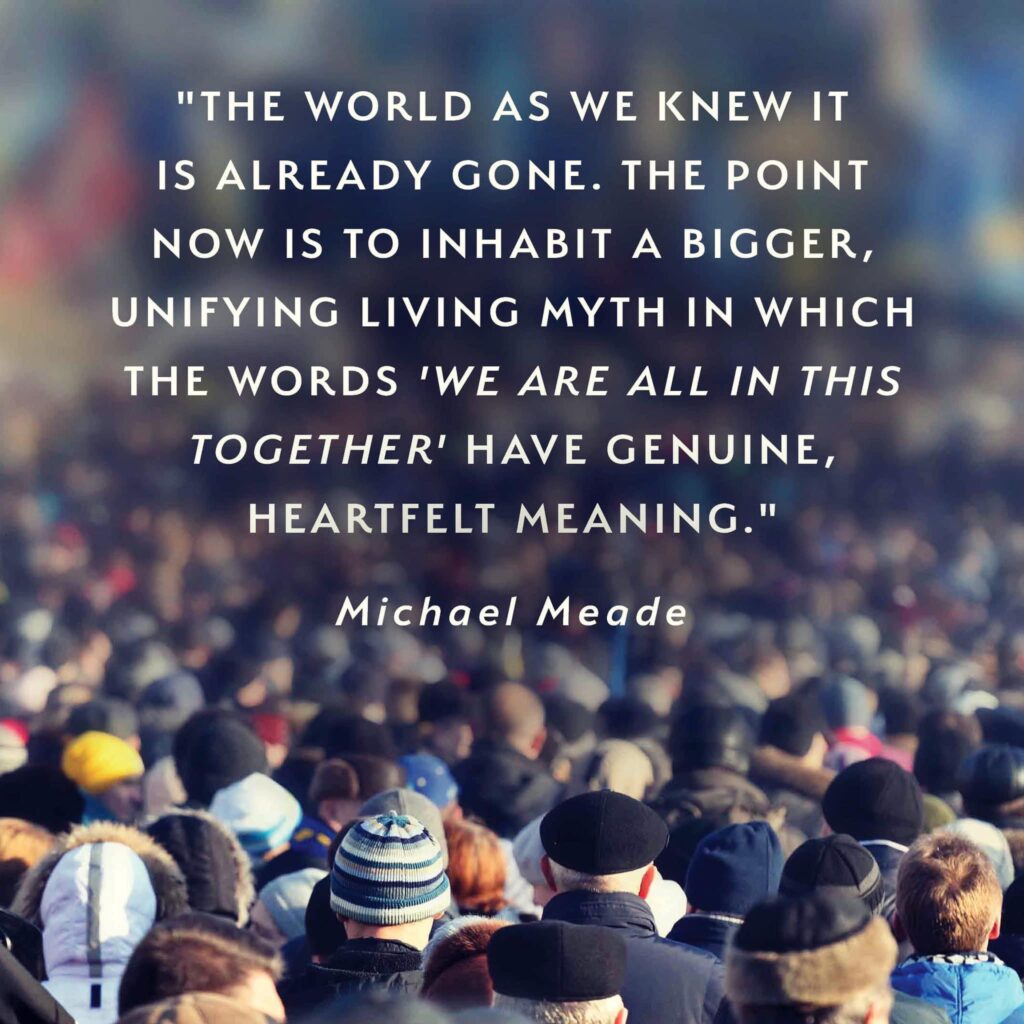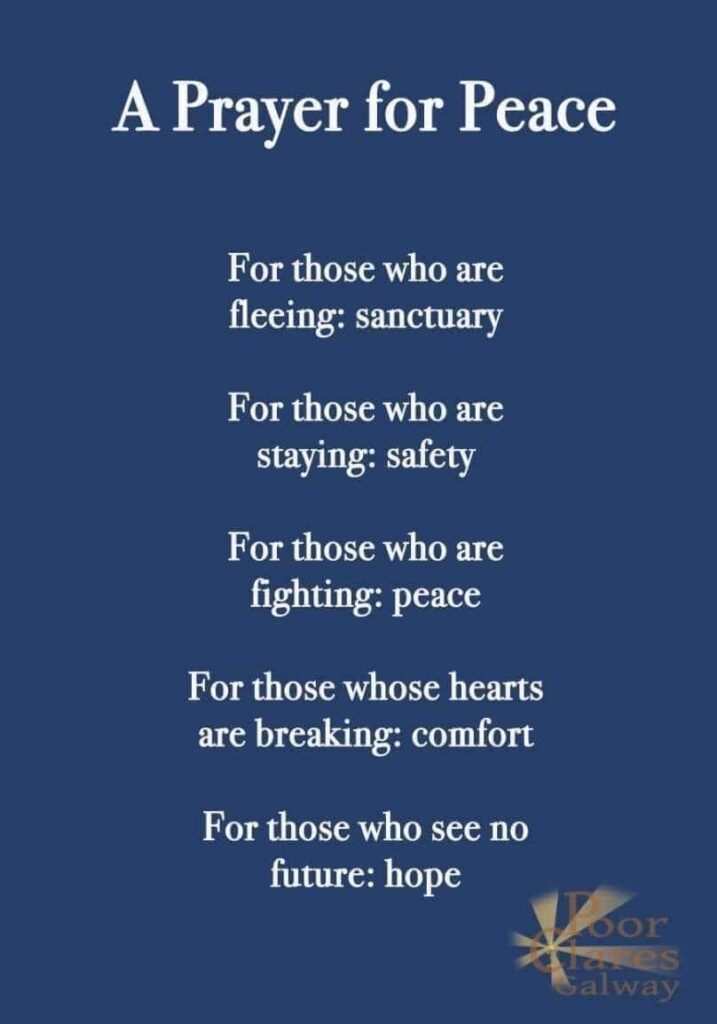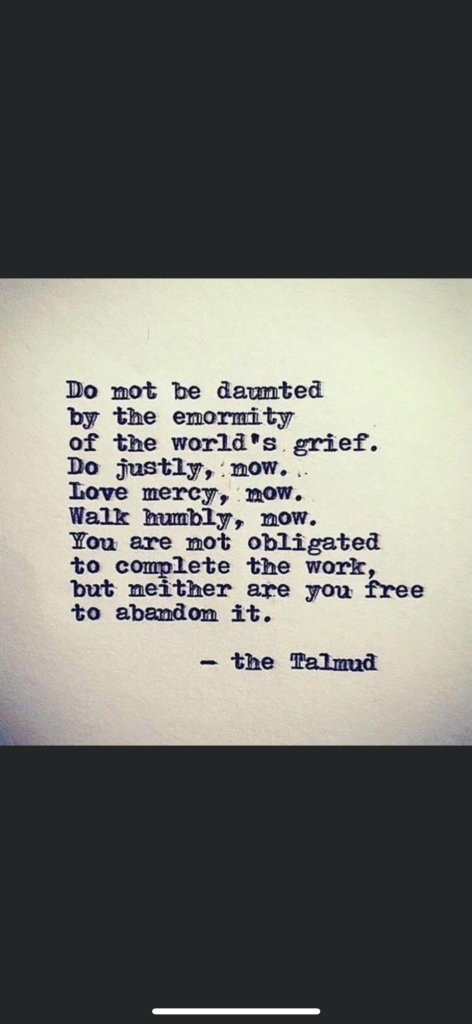:max_bytes(150000):strip_icc()/__opt__aboutcom__coeus__resources__content_migration__simply_recipes__uploads__2015__12__Fruitcake-LEAD-2-a01c04e1ad954e7c8505beb2778fdd98.jpg)
Elise Bauer
Sometimes it feels like we are living in a fruitcake world, doesn’t it? The word on the decorated holiday street is that only about 11% of the population actually LIKE fruitcake. How about you? Do you like it? Has it ever been gifted to you? Is it found on your holiday get together table? Would you go for a slice or a bowl of lima beans?
Sometimes it kind of feels like a fruitcake world. . .
Ingredients
- 1 teaspoon baking soda
- 1 cup (236ml) full fat sour cream
- 2 cups (280g) raisins
- 1 cup (130g) chopped dates
- 1/2 cup (75g) chopped glazed cherries (can sub dried sweetened cranberries)
- 1 cup (100g) chopped walnuts
- 2 cups (260g) all-purpose flour, divided
- 8 tablespoons (113g) unsalted butter, softened
- 1 cup (200g) sugar
- 1large egg
- Finely grated zest of 1 orange
- 1 teaspoon salt
- 1 to 2 ounces (30 to 60ml) brandy, optional
:max_bytes(150000):strip_icc()/__opt__aboutcom__coeus__resources__content_migration__simply_recipes__uploads__2015__12__05165027__holiday-fruitcake-method-7-b7d1628ce80f462caa11c9762d392145.jpg)
Ahhhhhhh
To be disliked by many
even when a carefully mixed
Sweetness
is offered
makes no matter
for seemingly the batter
which does in fact batter
won’t match or exceed the intentions
even when served up
during a holiday party
or dared to be given as a gift
most assuredly dared re-gifted
we’re all in the mix
bringing distinct flavors
that favors your approval
that fold firmly and blend
without separating
on our way to ovens
of warm completedness
Served with a smile
even as being rejected
but maybe
in a fresh NOW
at least appreciated
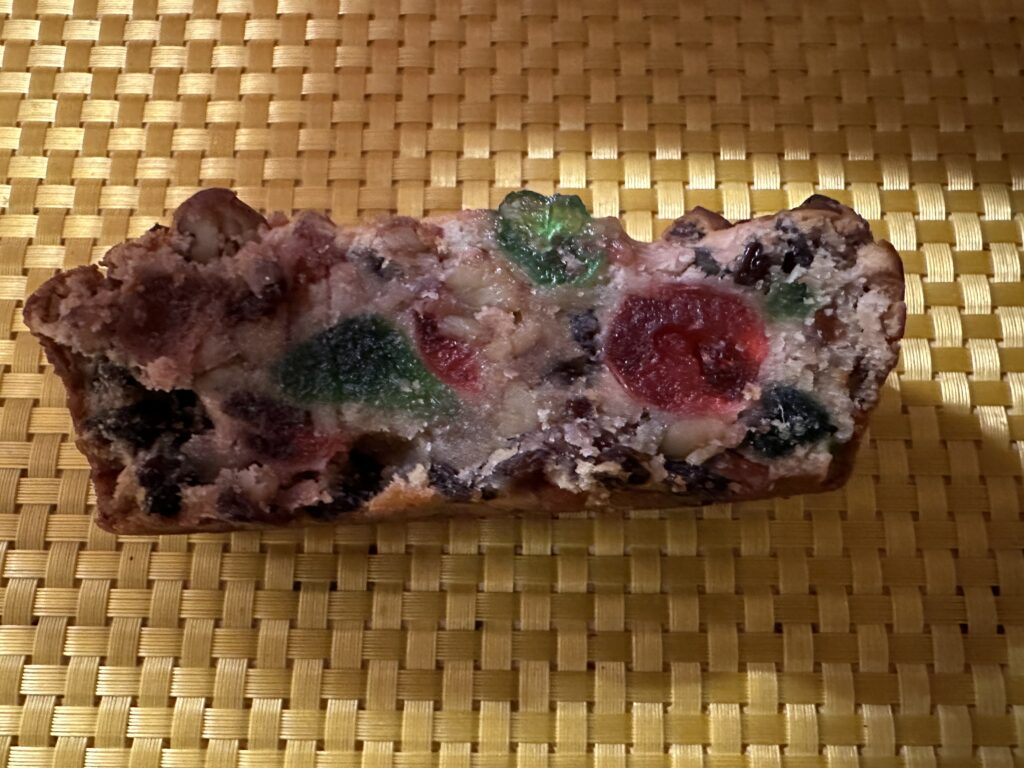
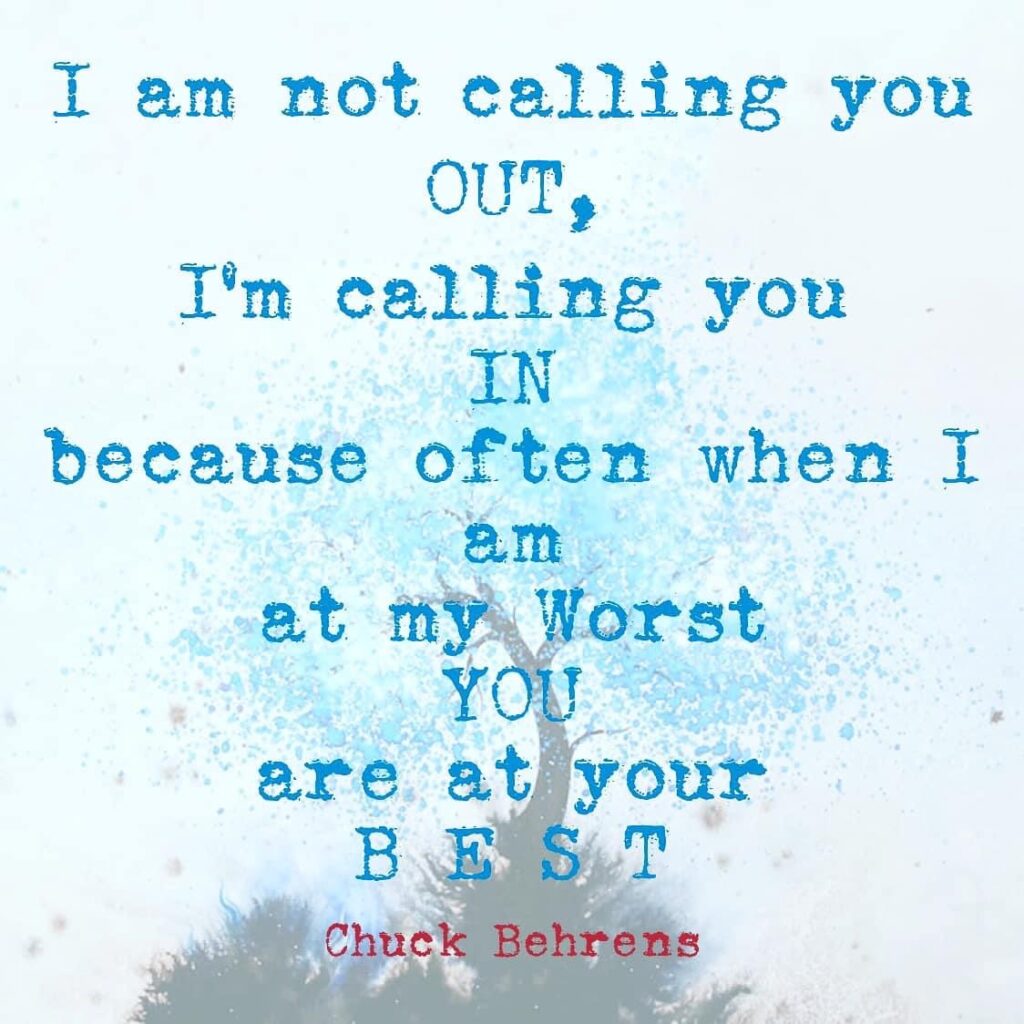
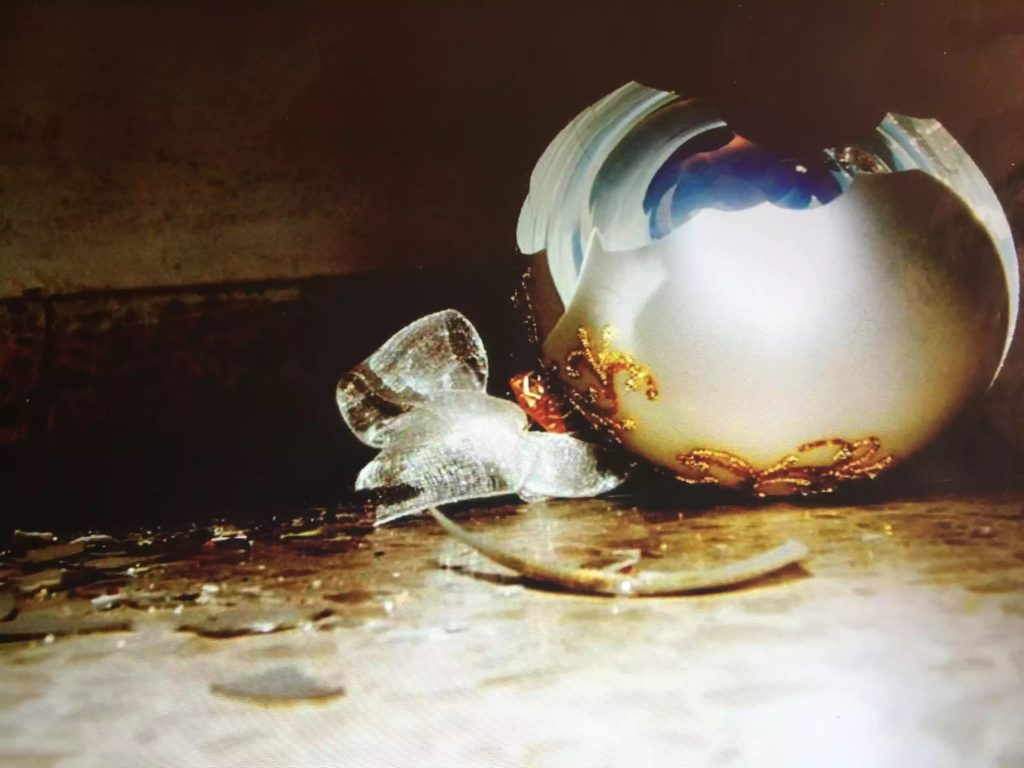
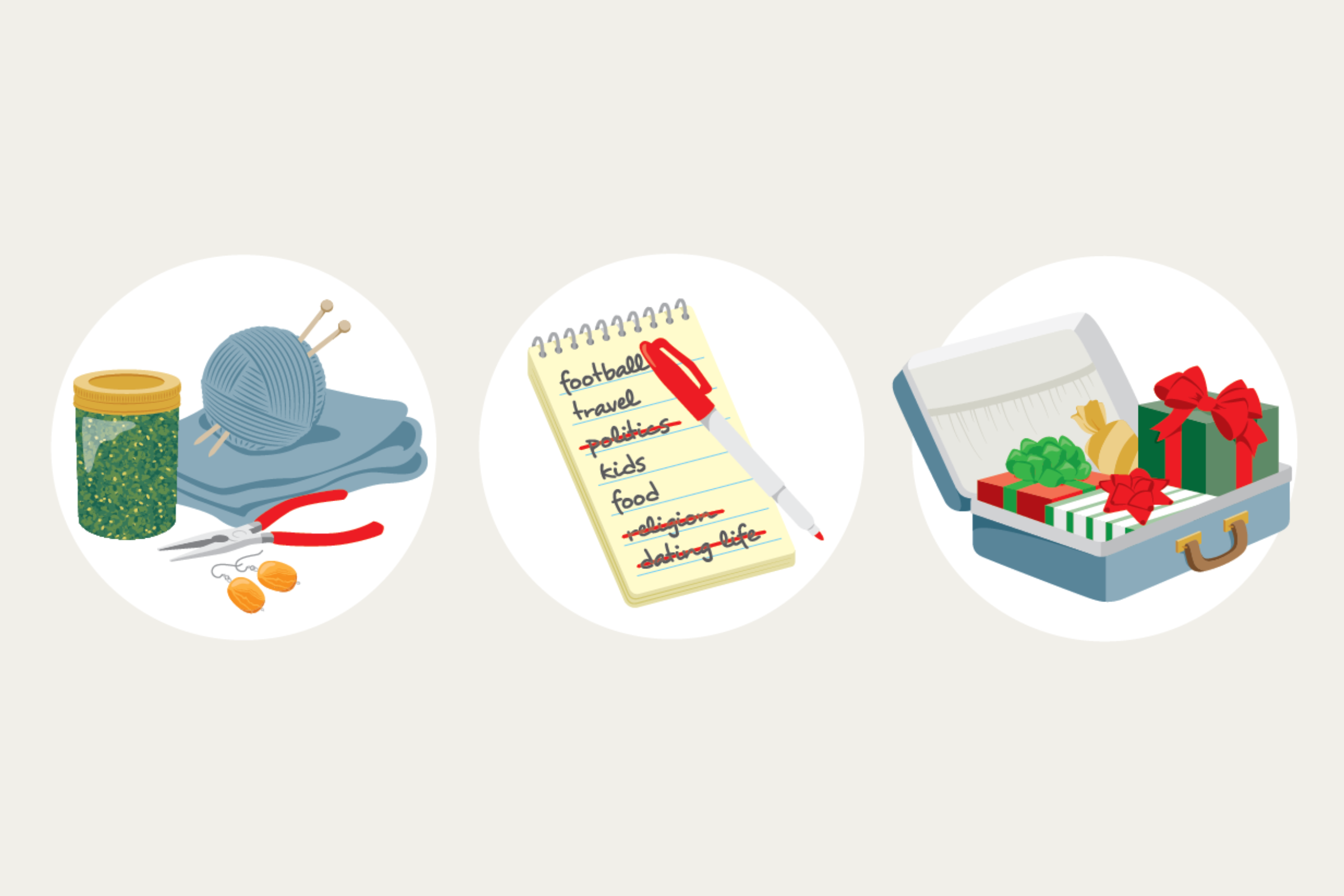
 Illustration by Brown Bird Design for TIME
Illustration by Brown Bird Design for TIME
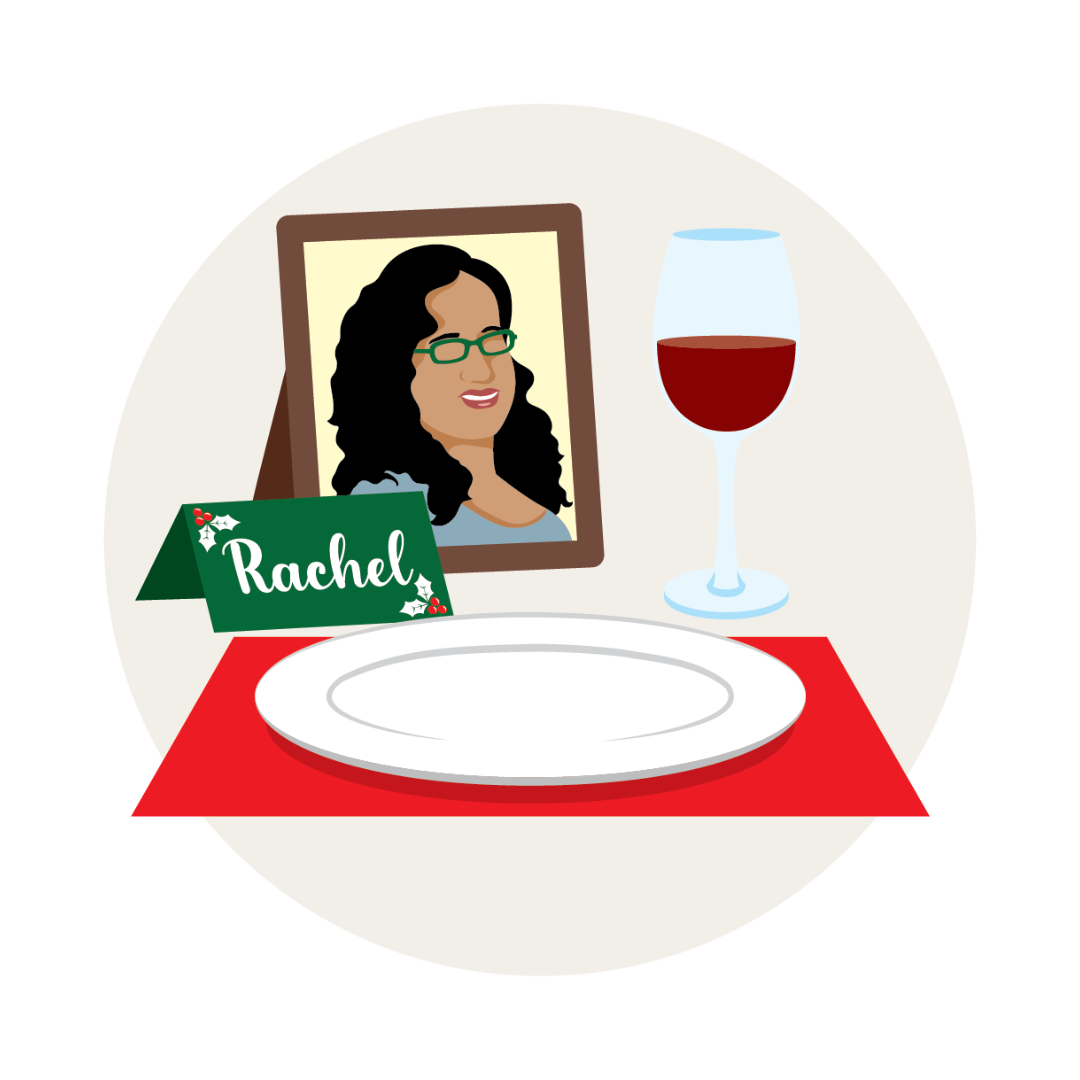 Illustration by Brown Bird Design for TIME
Illustration by Brown Bird Design for TIME Illustration by Brown Bird Design for TIME
Illustration by Brown Bird Design for TIME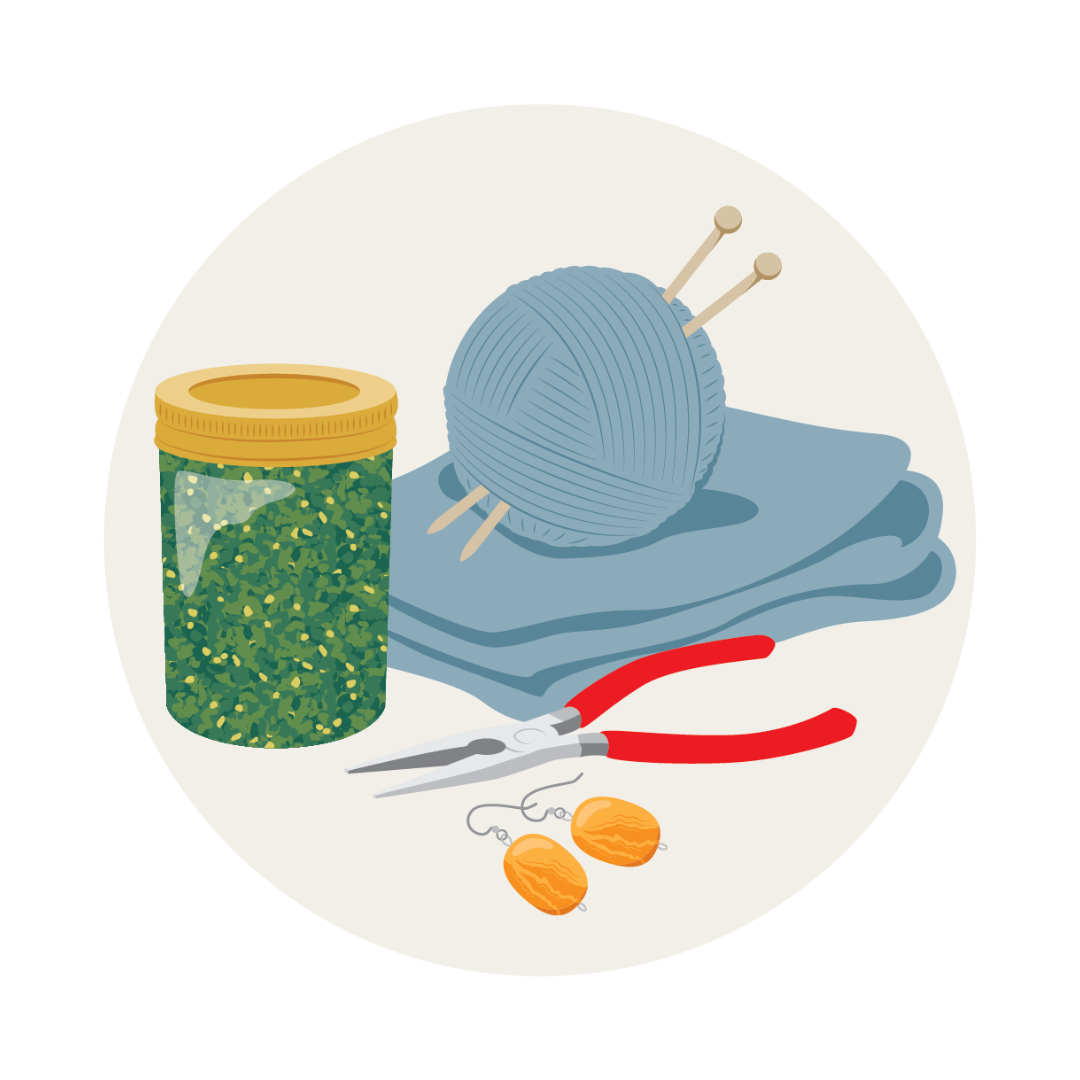 Illustration by Brown Bird Design for TIME
Illustration by Brown Bird Design for TIME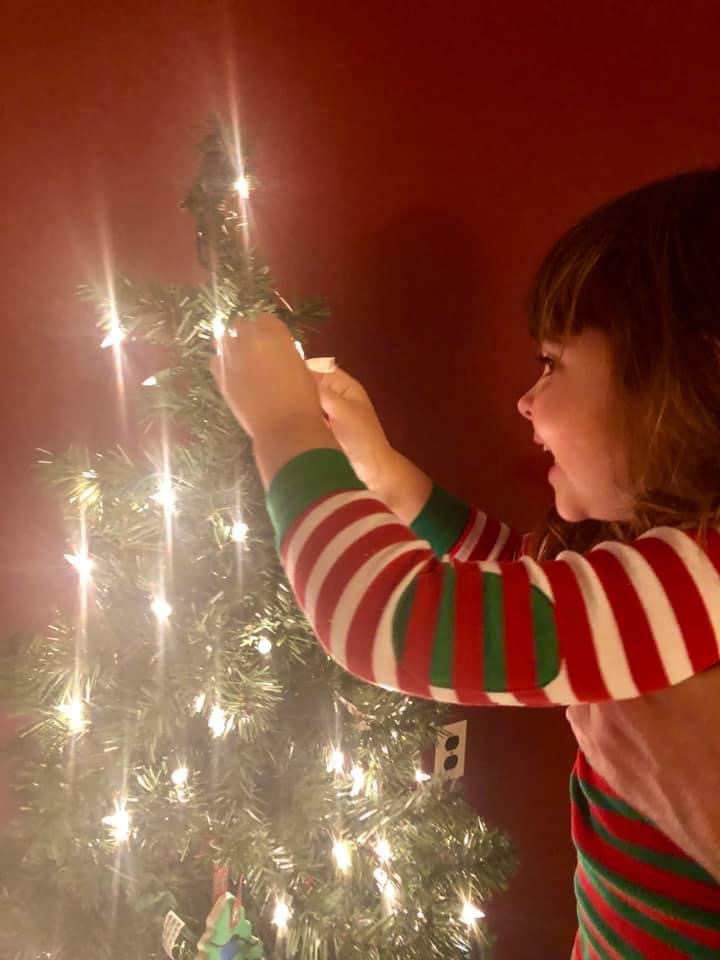
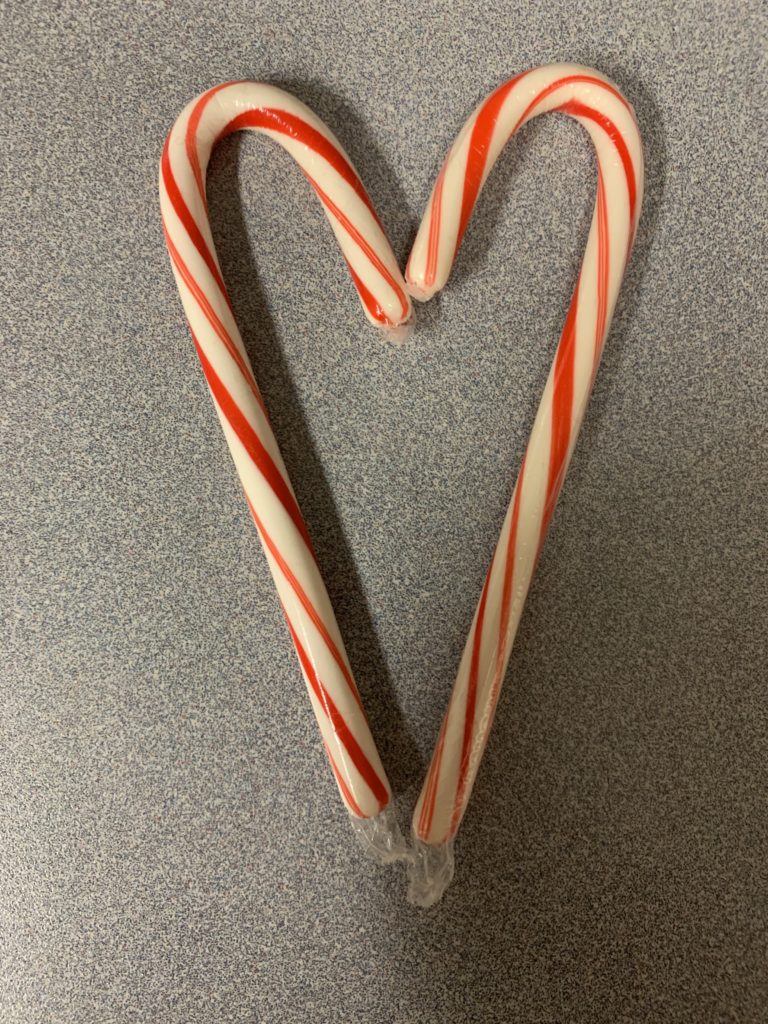

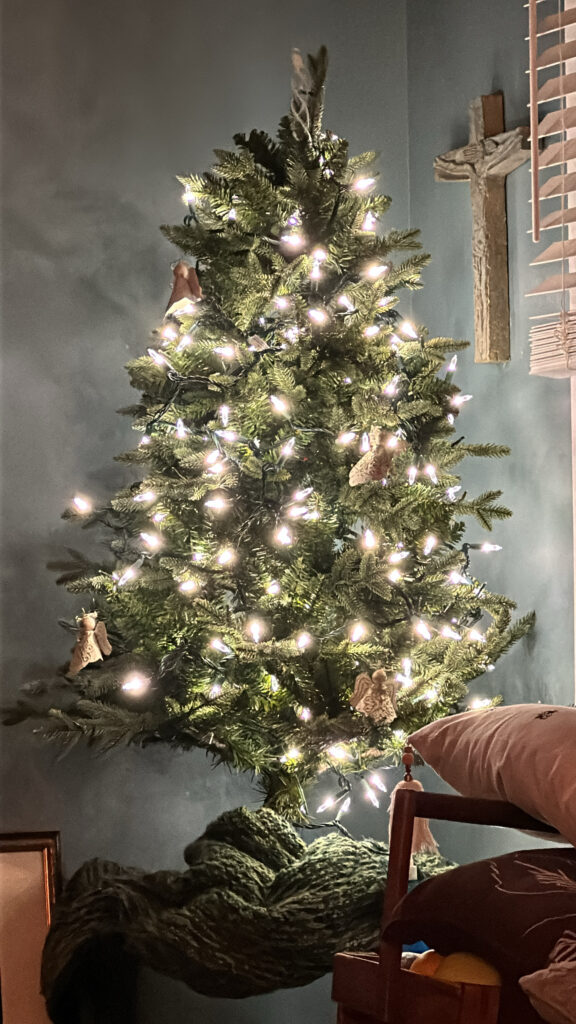

 But
But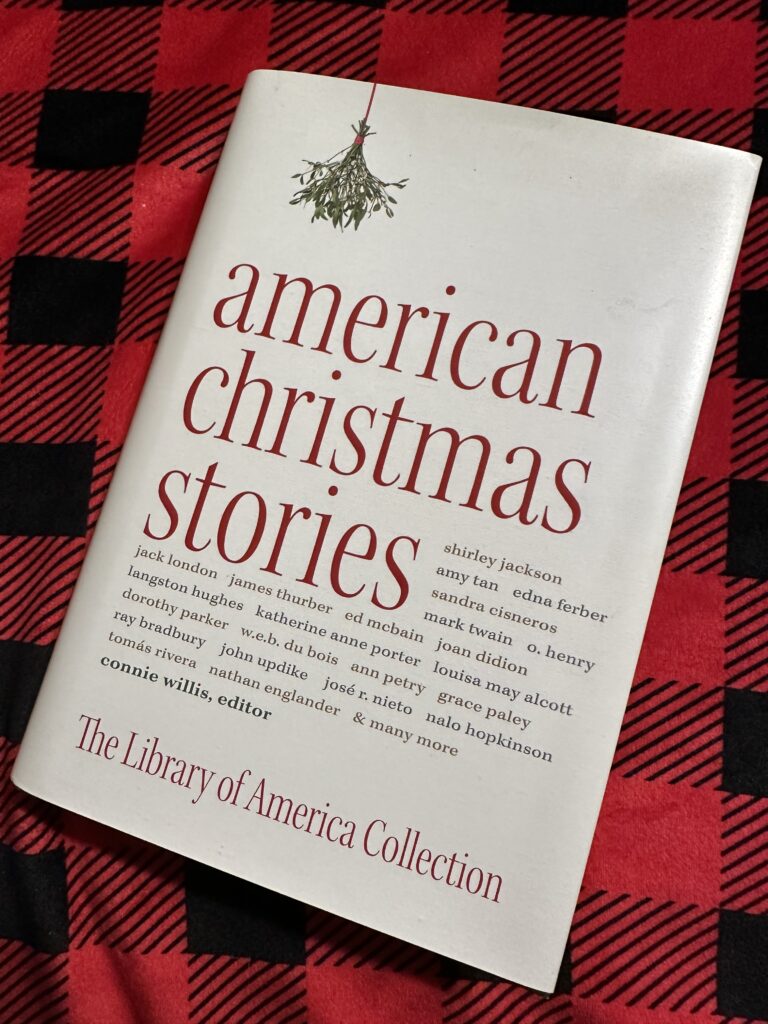
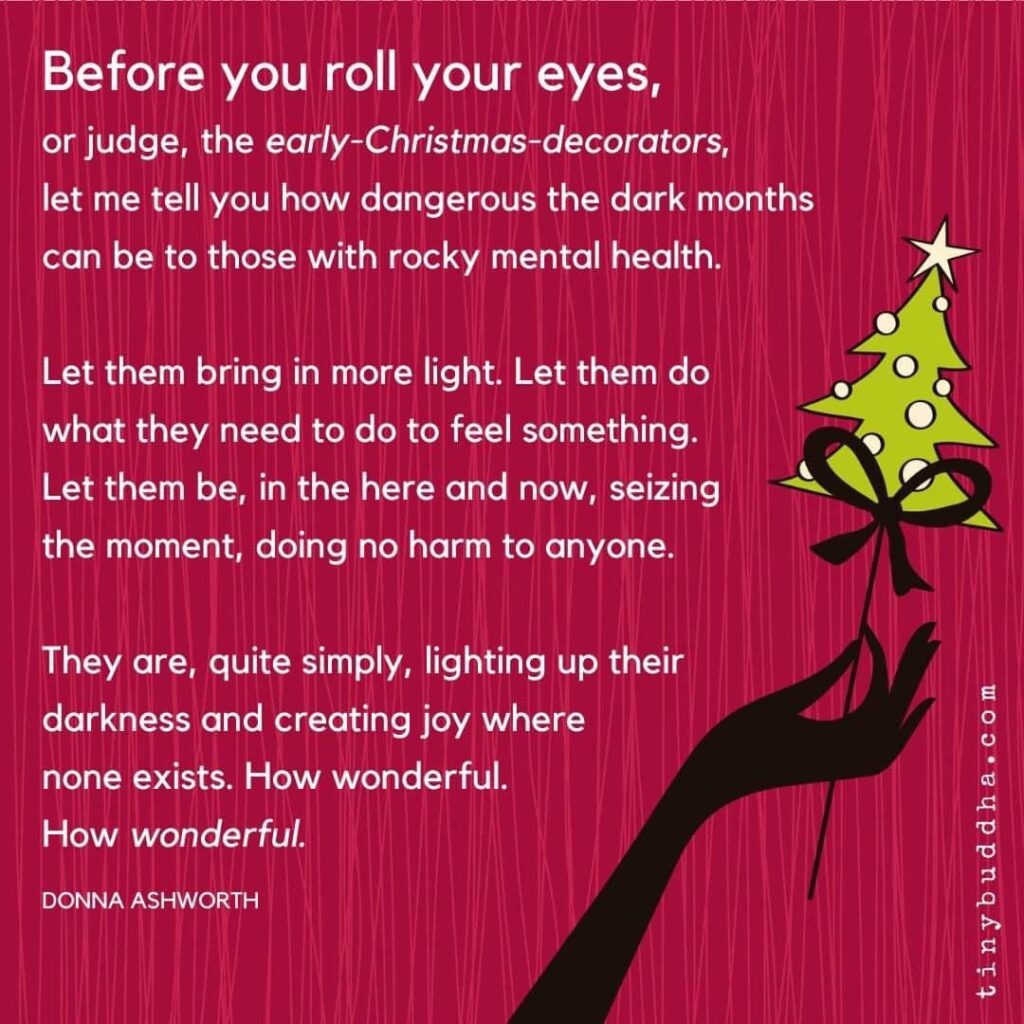
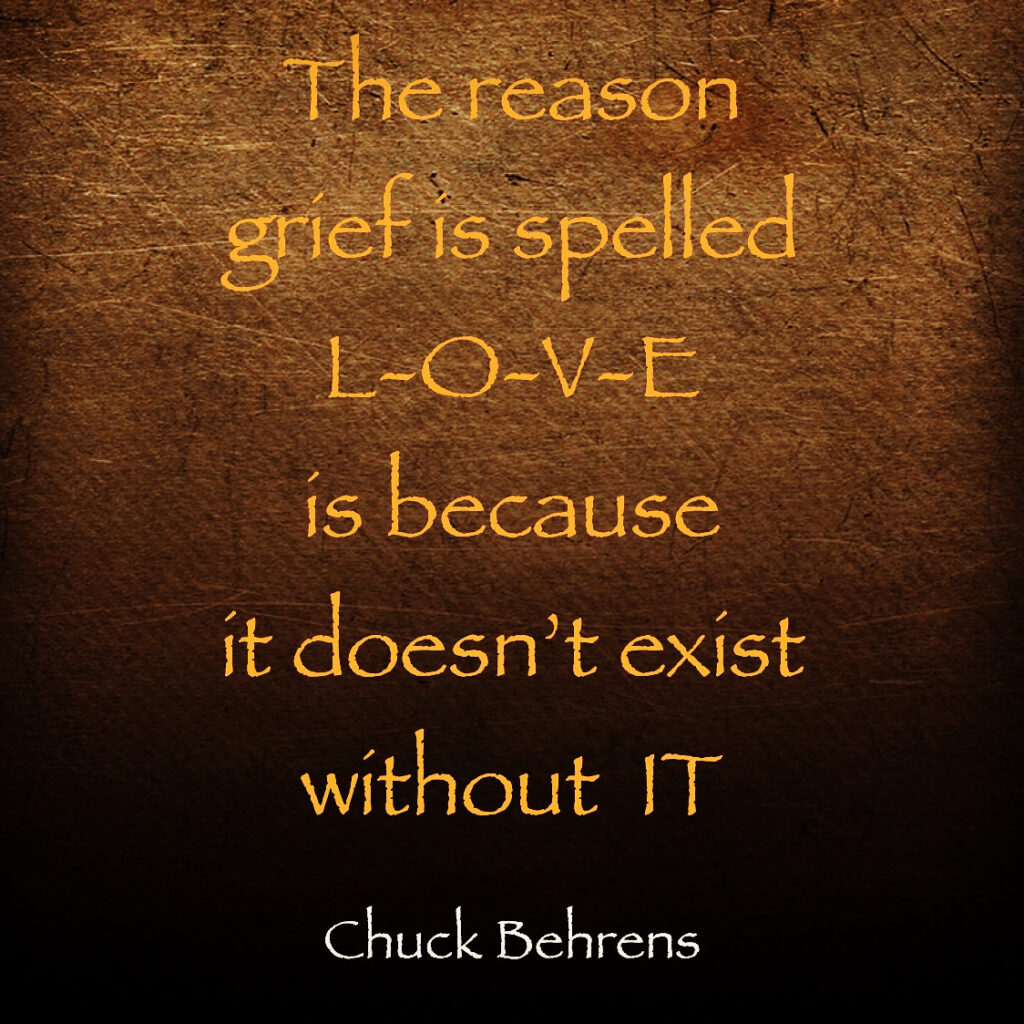

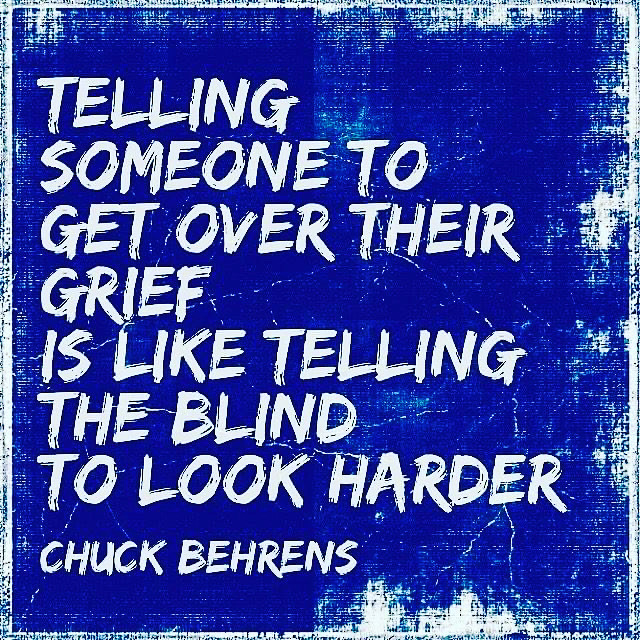


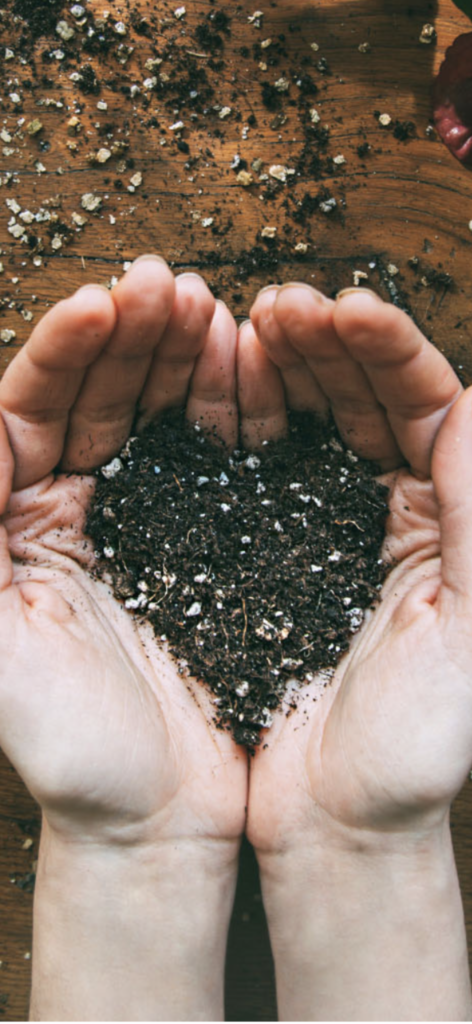
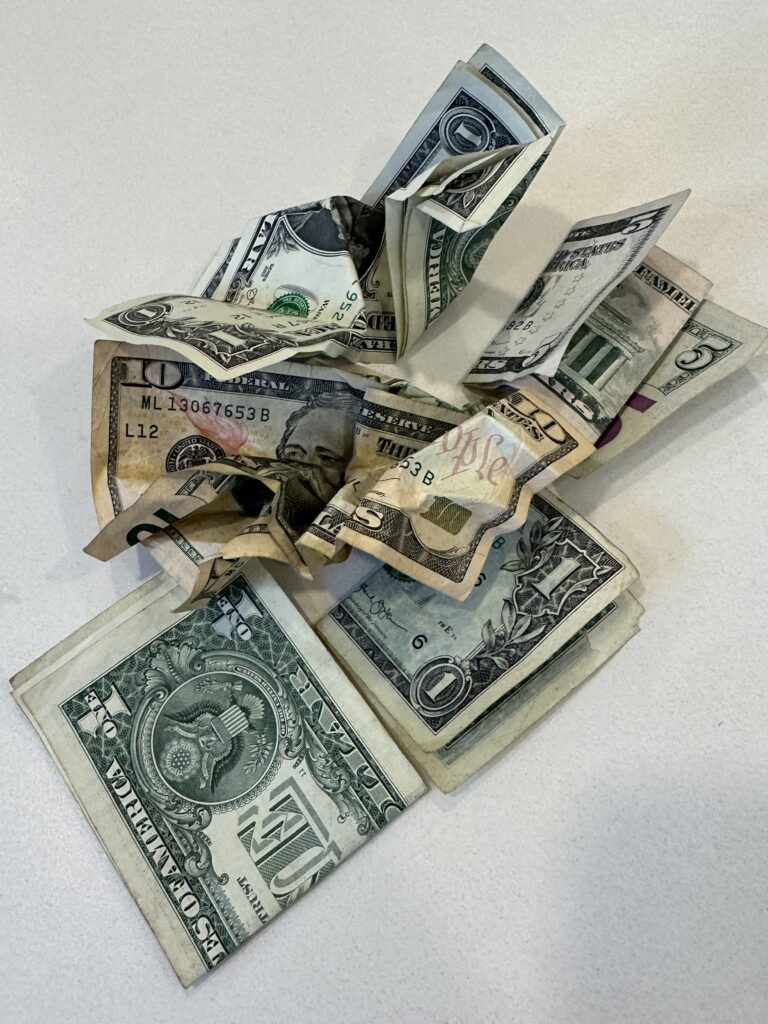


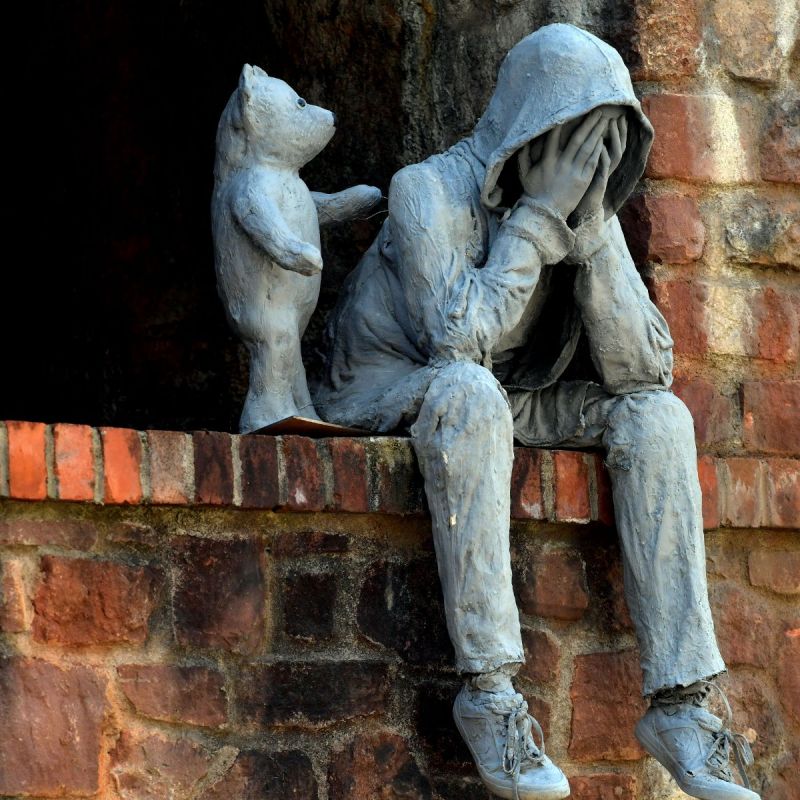 A N D
A N D
